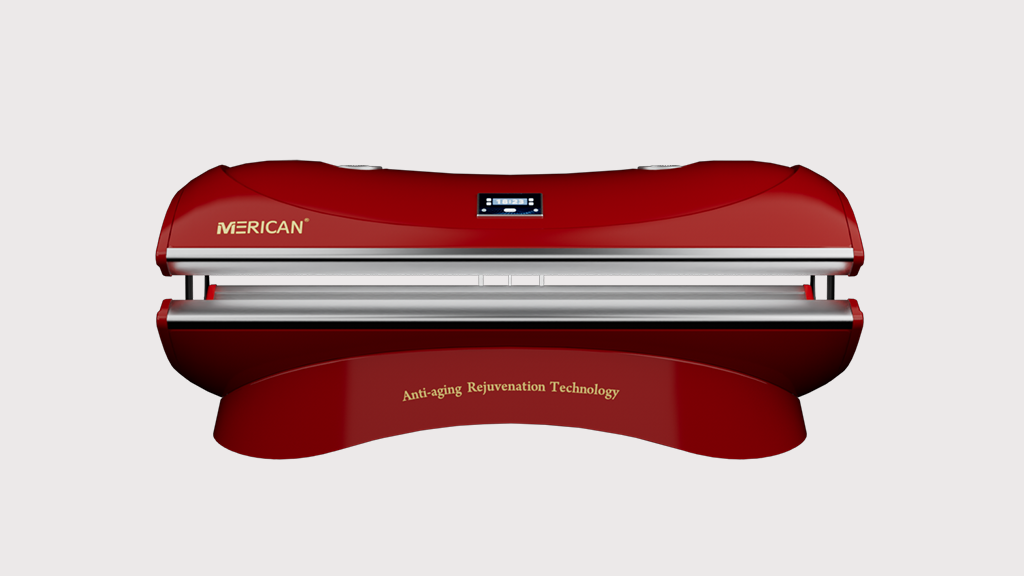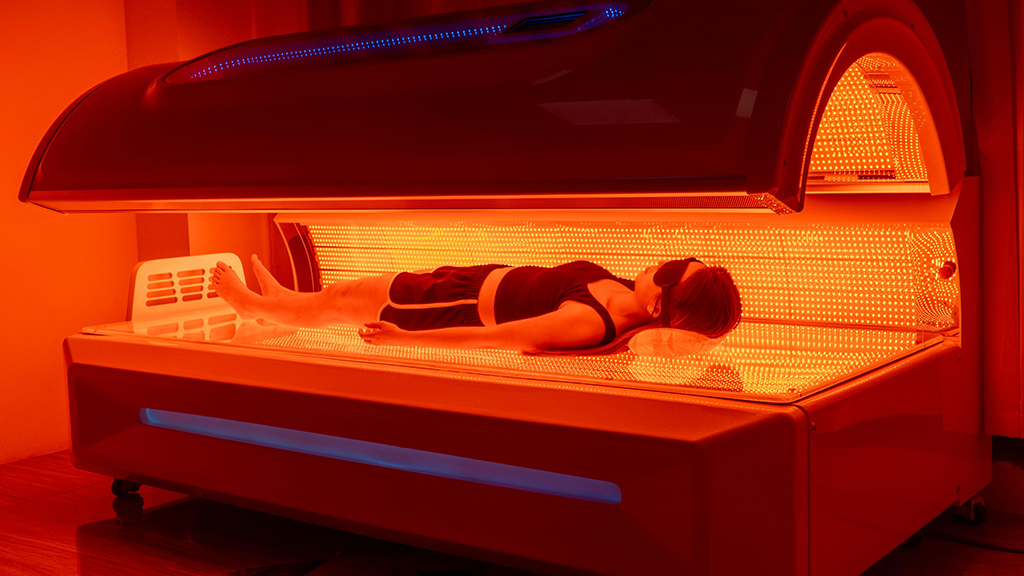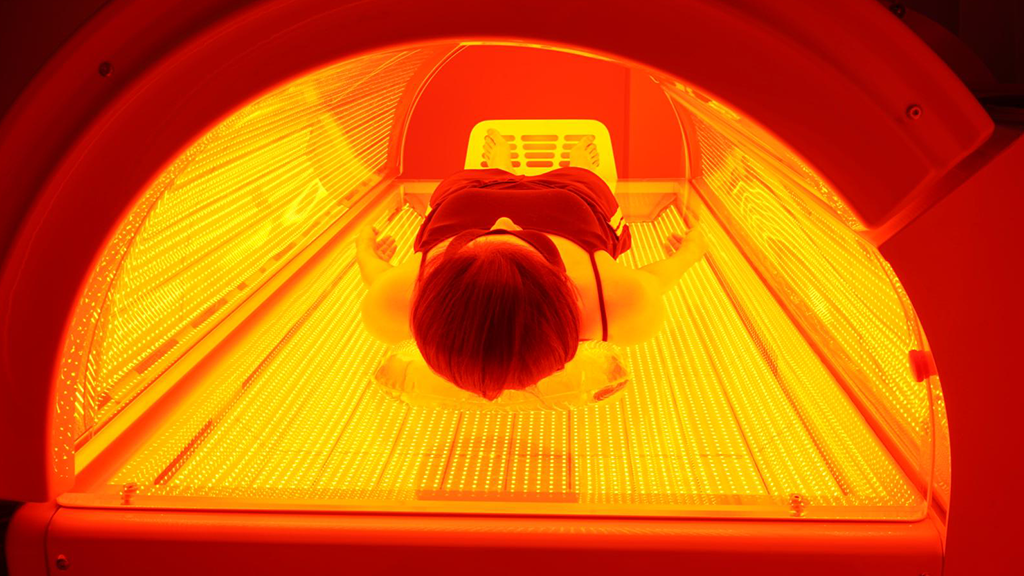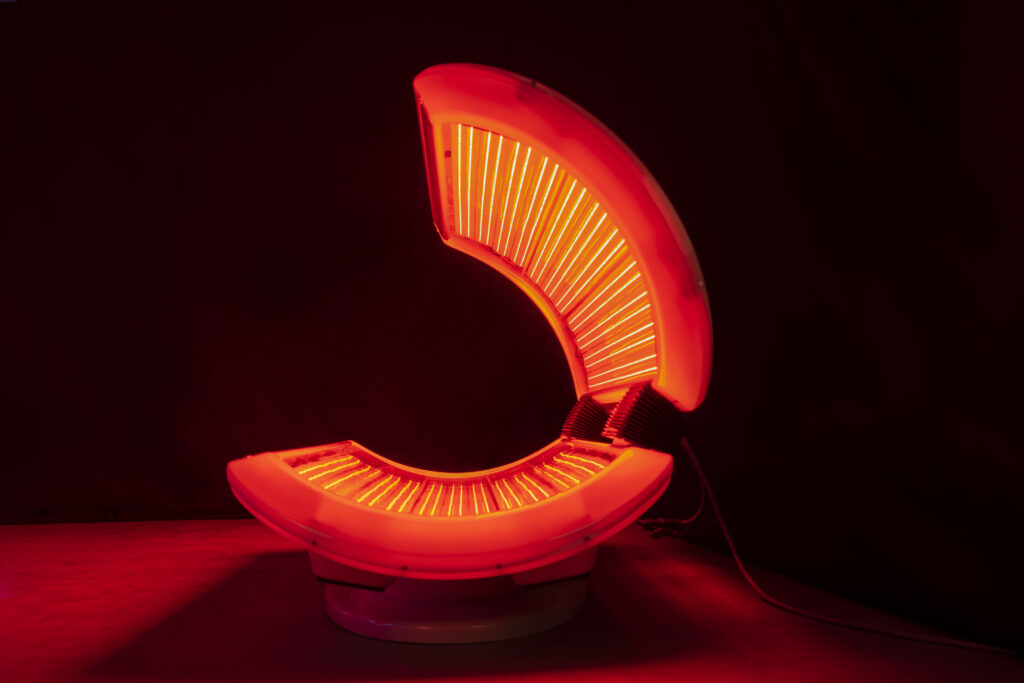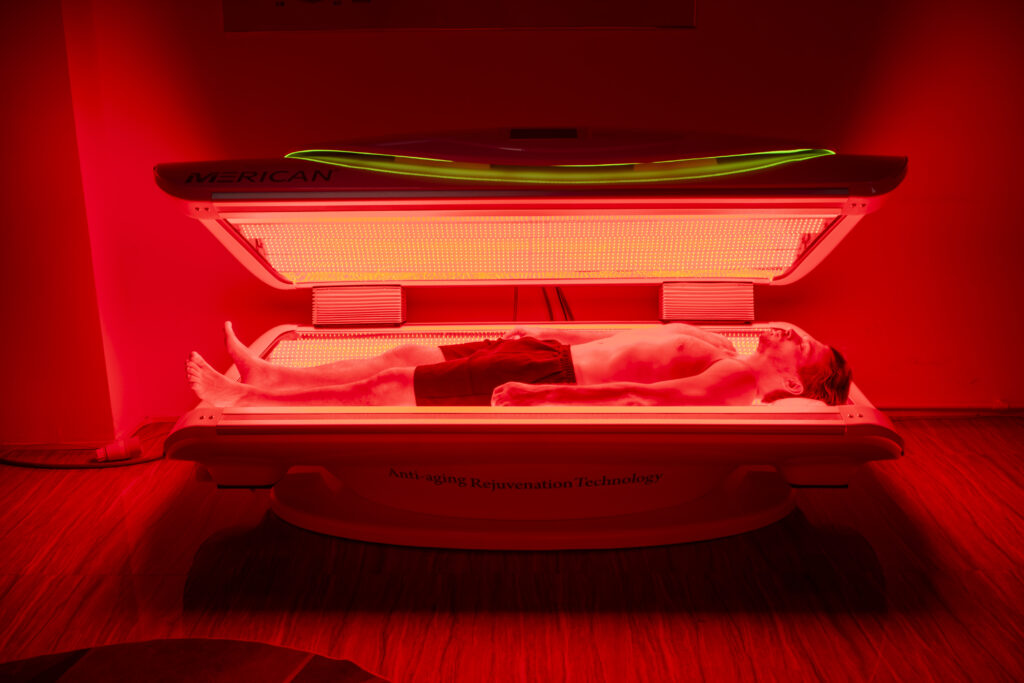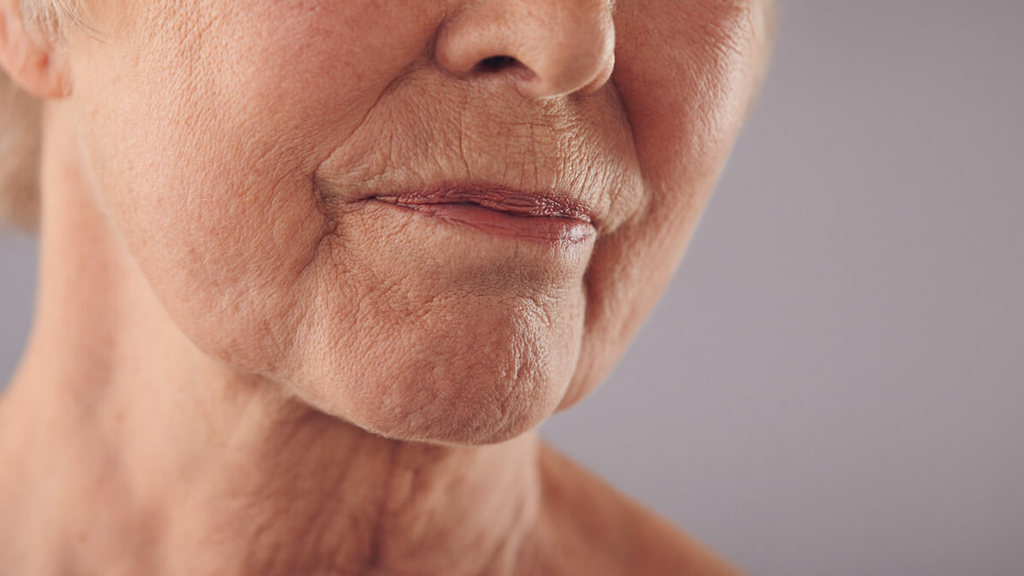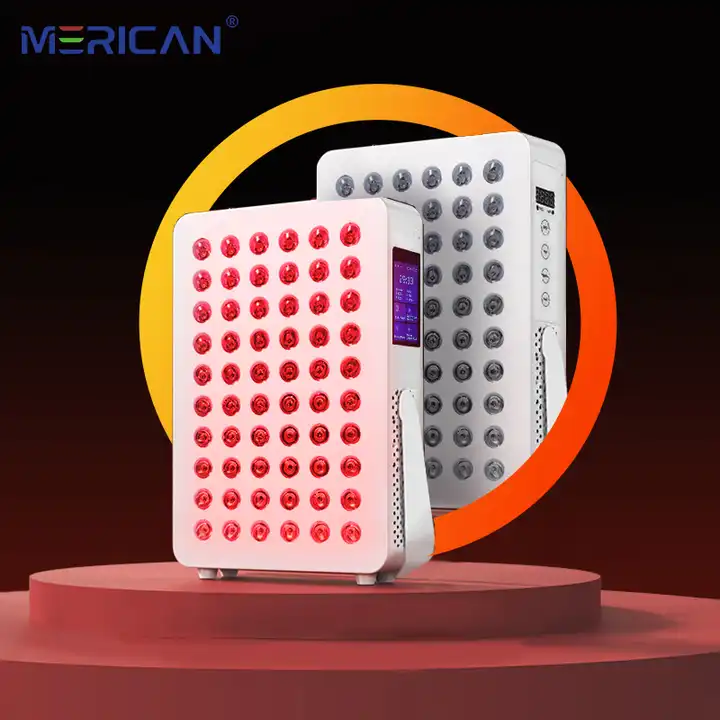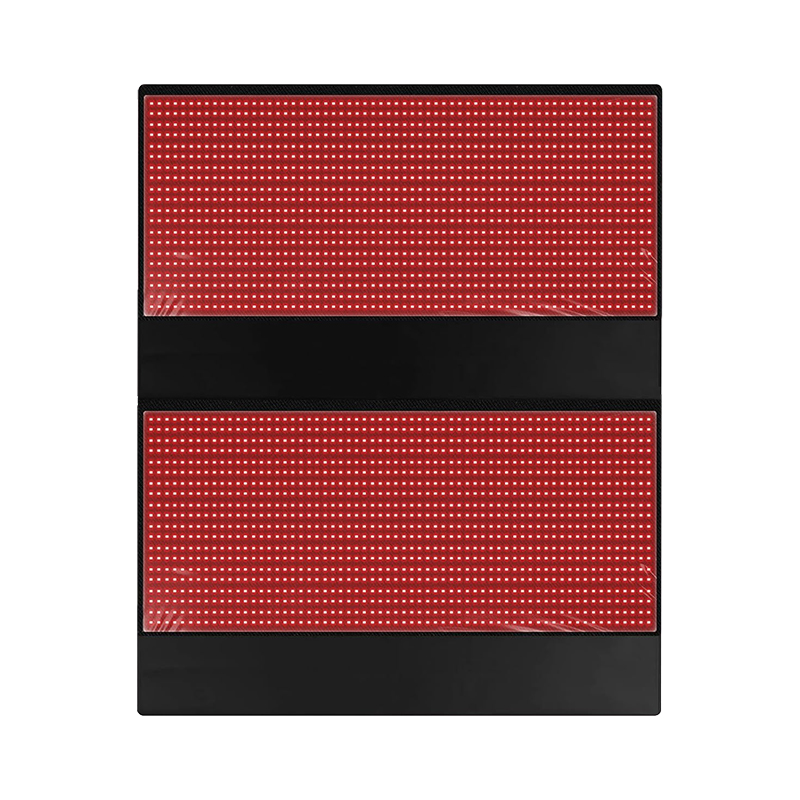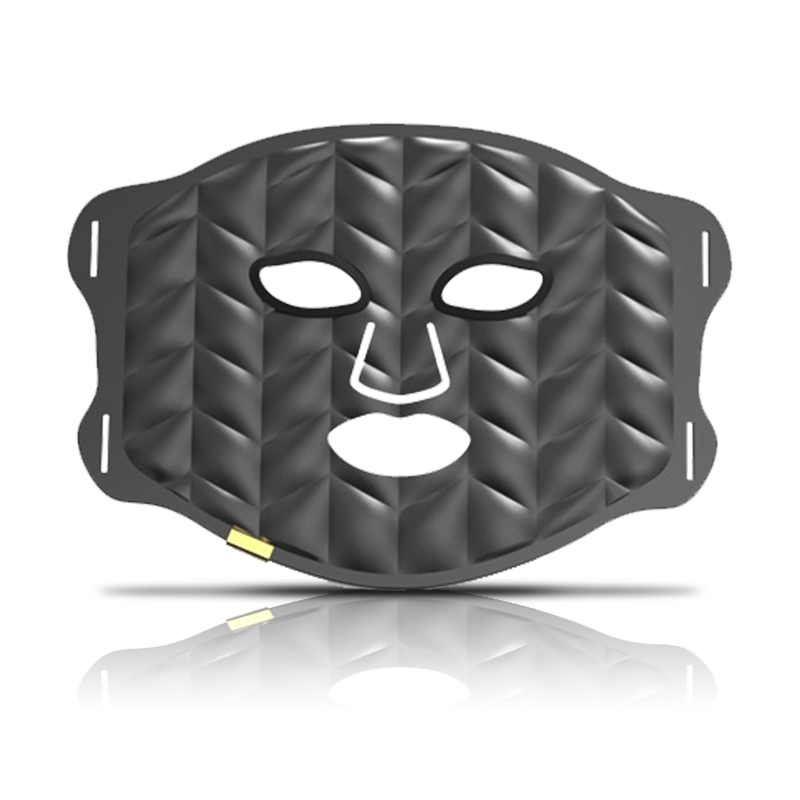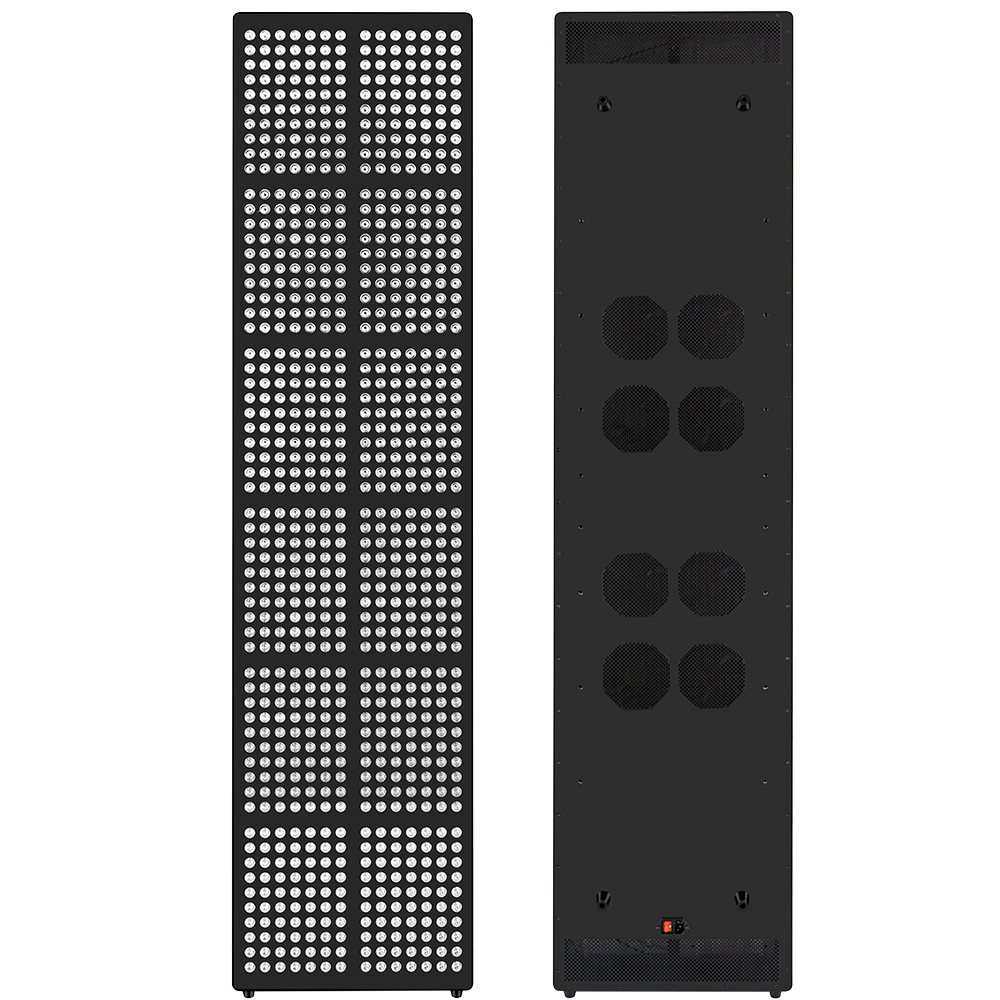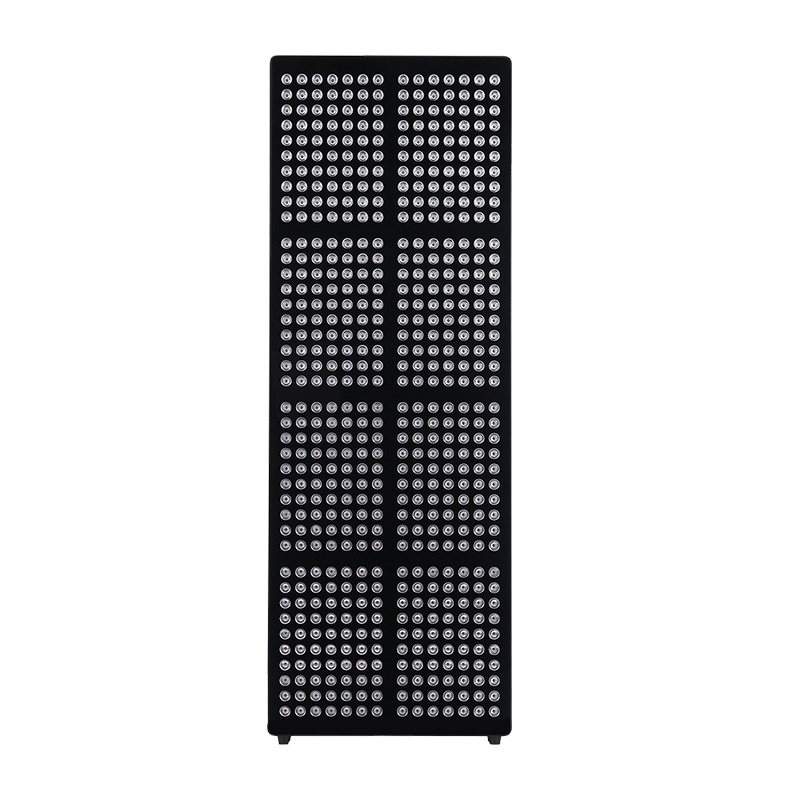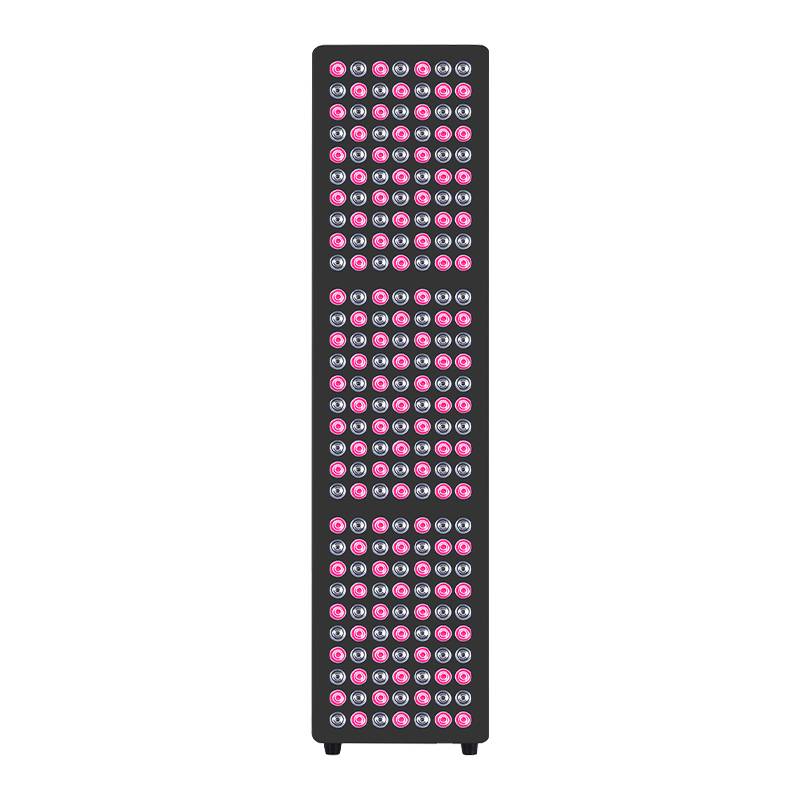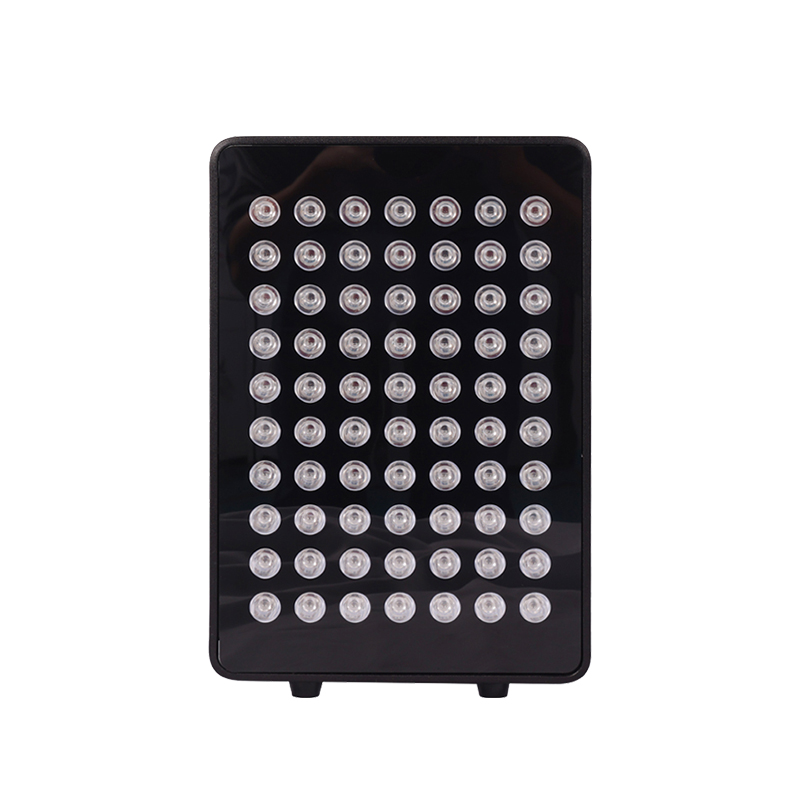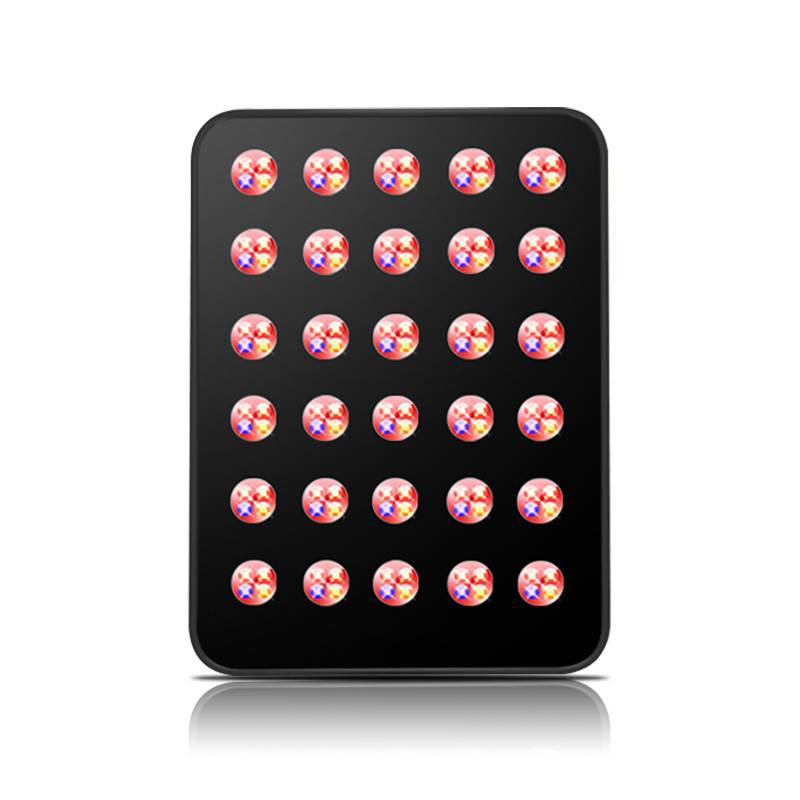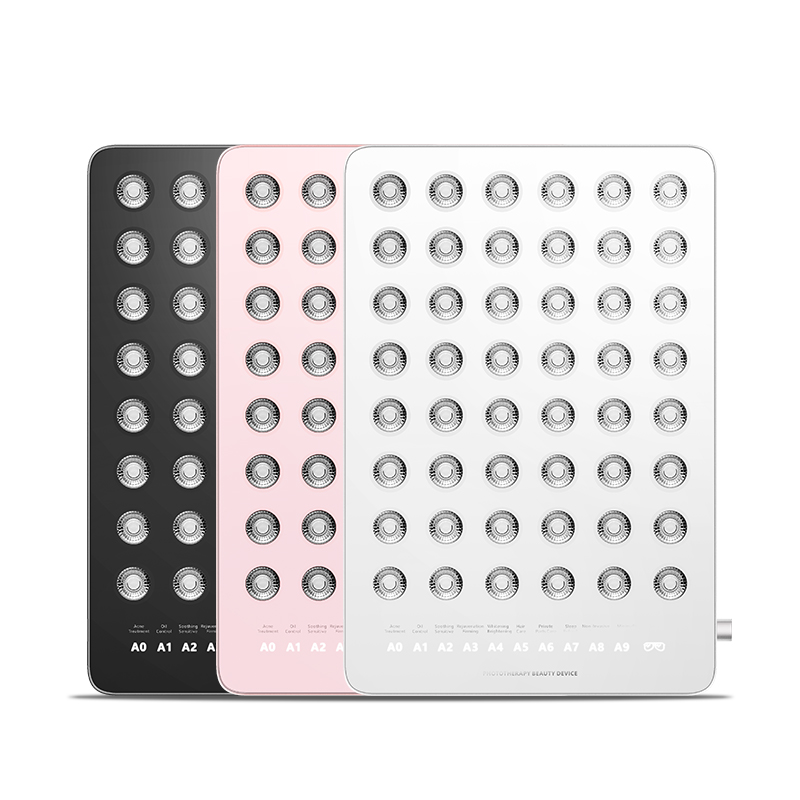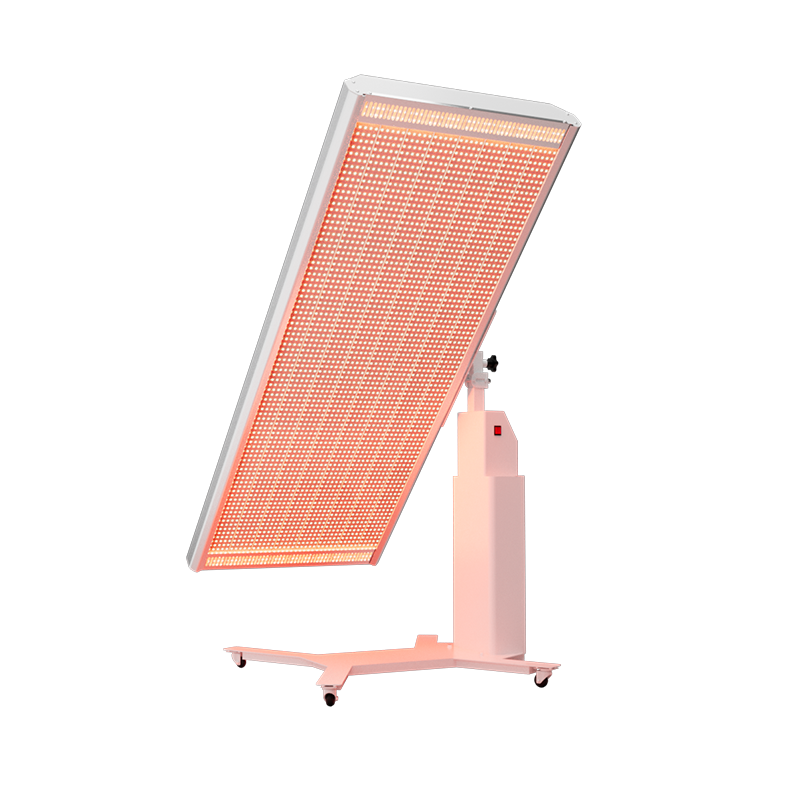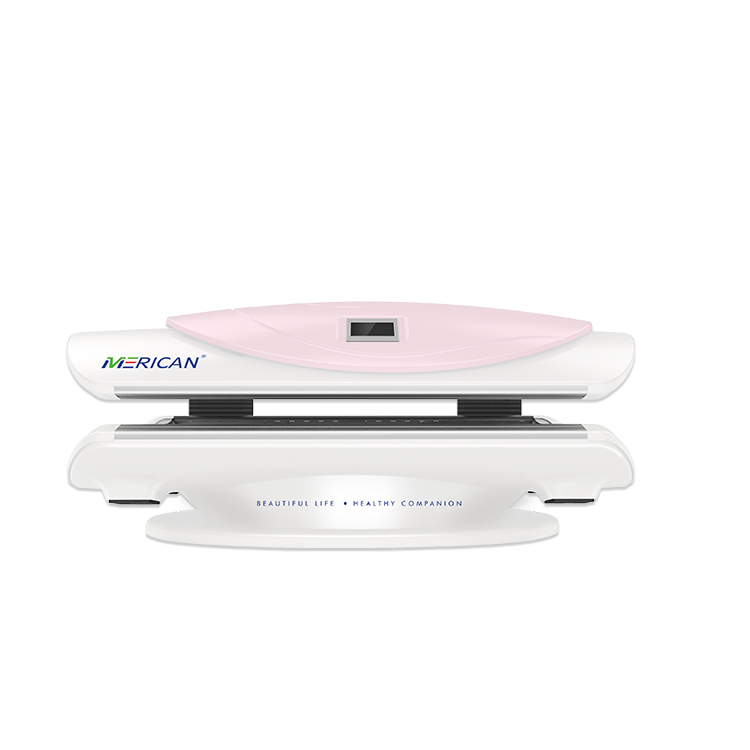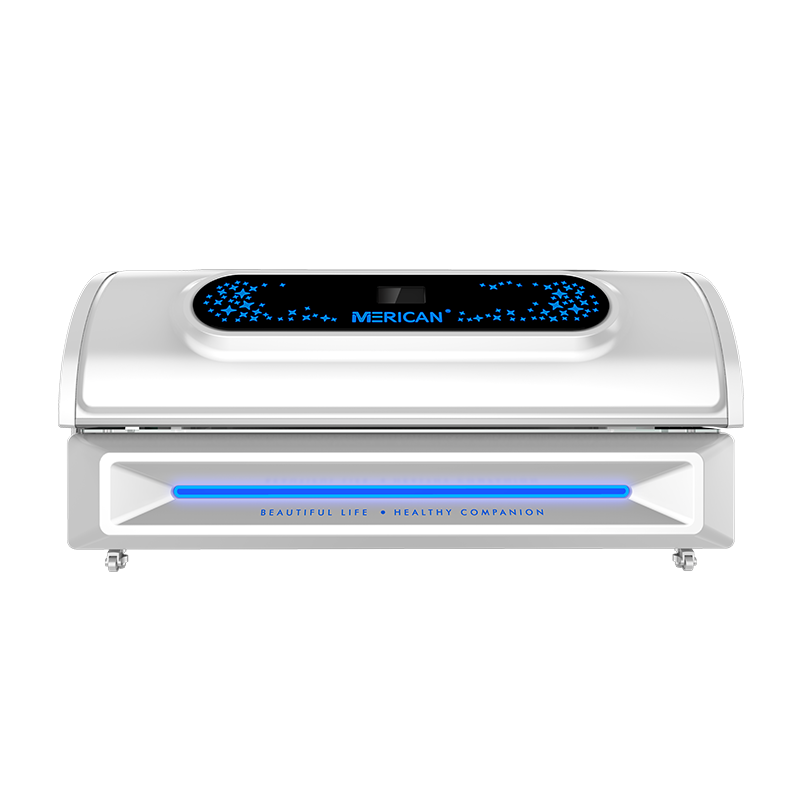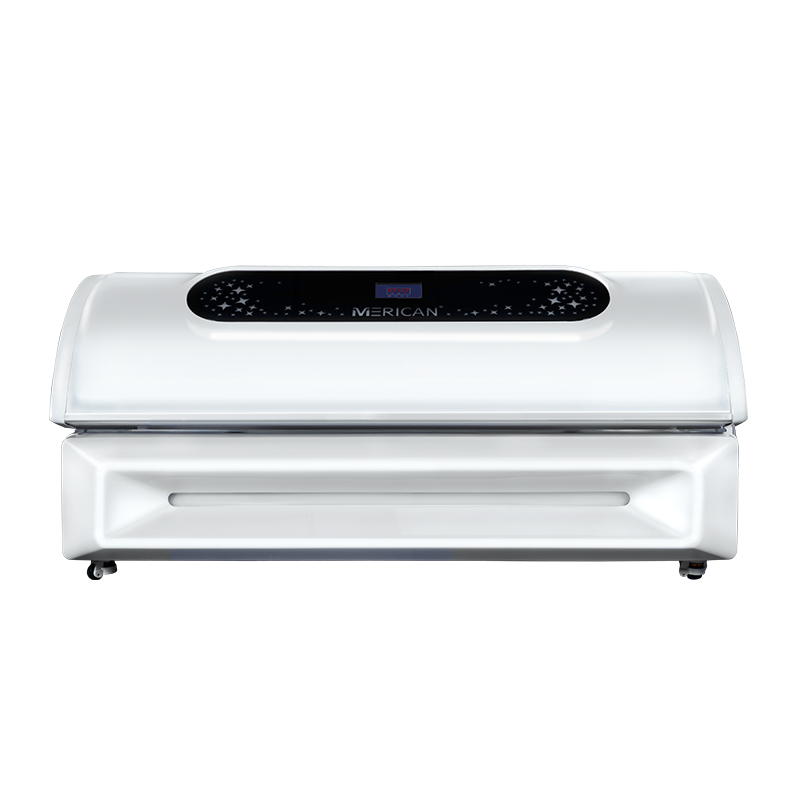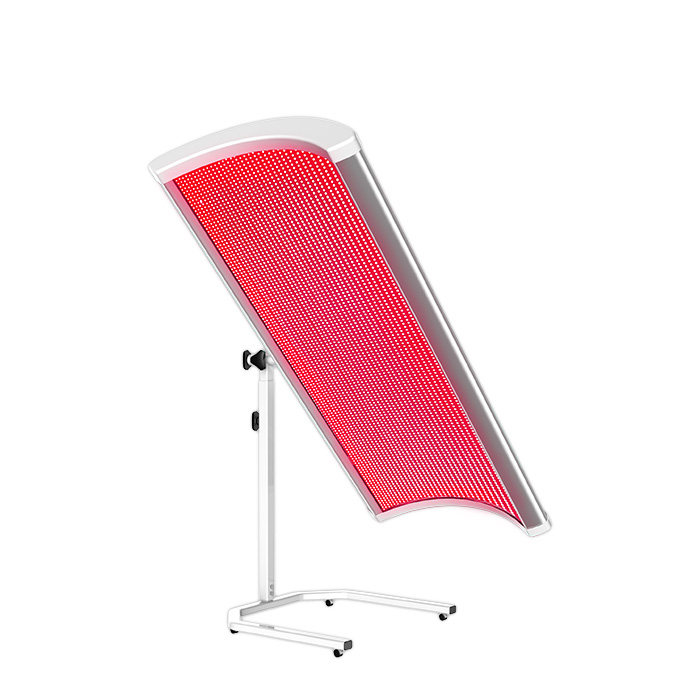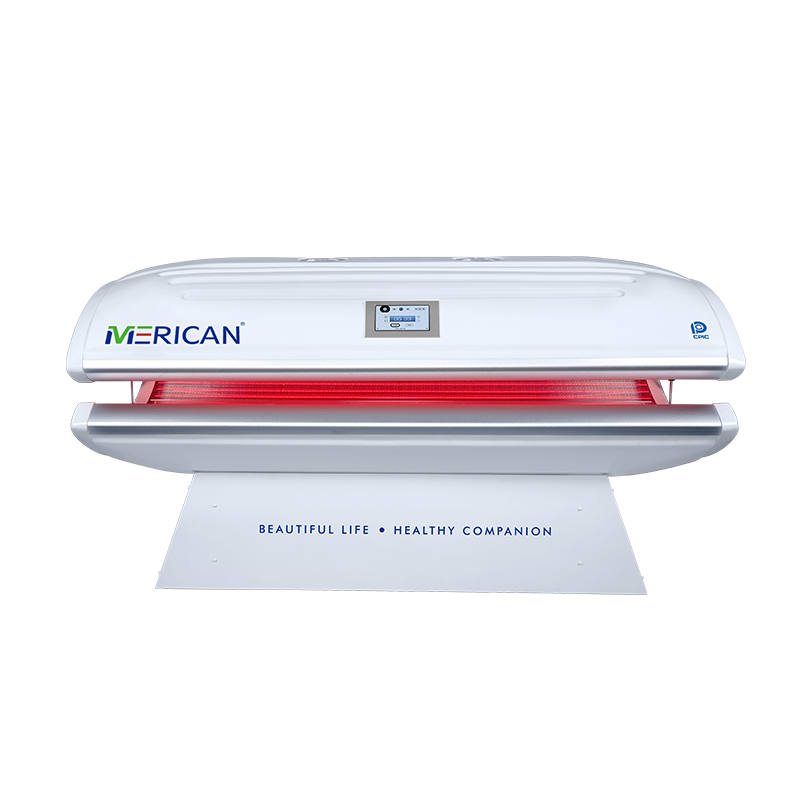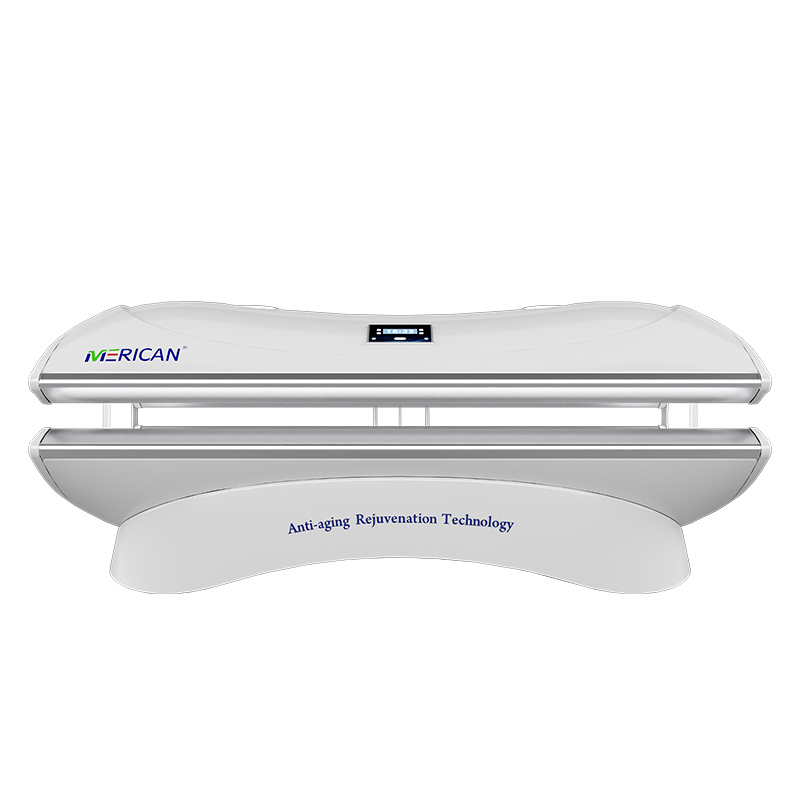Red light therapy and infrared therapy are often mentioned together in the world of wellness, soins de la peau, and pain relief — and for good reason. They both use light energy to stimulate healing and regeneration in the body. But are they the same thing?
Décomposons-le.
Qu'est-ce que la thérapie rouge?
Thérapie par la lumière rouge (RLT) utilise longueurs d'onde de lumière rouge visible, généralement entre 620nm and 660nm. These wavelengths penetrate the skin to a shallow depth — around 8 à 10 millimeters — and are known to:
- Stimulate production de collagène
- Améliorer skin tone and texture
- Promote guérison des plaies
- Réduire inflammation on the skin’s surface
- Aid in hair growth
Because red light is visible to the human eye, RLT often gives off a soft, warm red glow.
What Is Infrared Therapy?
Infrared therapy uses invisible light, specifically proche infrarouge (Nir) longueurs d'onde, généralement entre 700nm and 1100nm. These wavelengths penetrate much deeper into the body — up to 5 centimeters (à propos 2 pouces) — reaching muscles, articulations, Et même les os.
Infrared therapy is commonly used to:
- Relieve joint and muscle pain
- Améliorer circulation and oxygenation
- Réduire deep inflammation
- Soutien nerve regeneration and repair
- Améliorer recovery after workouts or injury
Since NIR light is invisible, these devices won’t appear to glow as brightly as red light therapy panels, though they may still emit some warmth.
Key Differences Between Red and Infrared Therapy
| Fonctionnalité | Thérapie par la lumière rouge | Thérapie infrarouge |
|---|---|---|
| Longueur d'onde | 620–660 nm | 700–1100nm |
| Visibilité | Visible (red glow) | Invisible |
| Profondeur de pénétration | ~10 mm (skin level) | Jusqu'à 50 mm (muscle, joint, bone) |
| Primary Uses | Santé de la peau, anti-âge, hair growth | Soulagement de la douleur, récupération musculaire, guérison des tissus profonds |
| Sensation | Warm, glowing | Often no visible light, deeper warmth |
Can They Be Used Together?
Yes — and they often are.
Many modern red light therapy devices combine red and near-infrared wavelengths for maximum therapeutic benefit. This dual-wavelength approach allows the treatment of both niveau de surface et deep tissue issues in one session.
Par exemple:
- 660lumière rouge nm can boost collagen for skin rejuvenation
- 850nm lumière proche infrarouge can reduce joint pain and inflammation deeper in the body
This combination is especially popular in full-body therapy beds and panels.
Réflexions finales
Red light therapy and infrared therapy are not exactly the same — but they’re closely related and often work best together. Red light targets surface skin concerns, while infrared goes deeper to relieve pain and support recovery. Whether you’re aiming for younger-looking skin or relief from sore muscles, understanding the difference helps you choose the right device — or combination — for your wellness goals.

